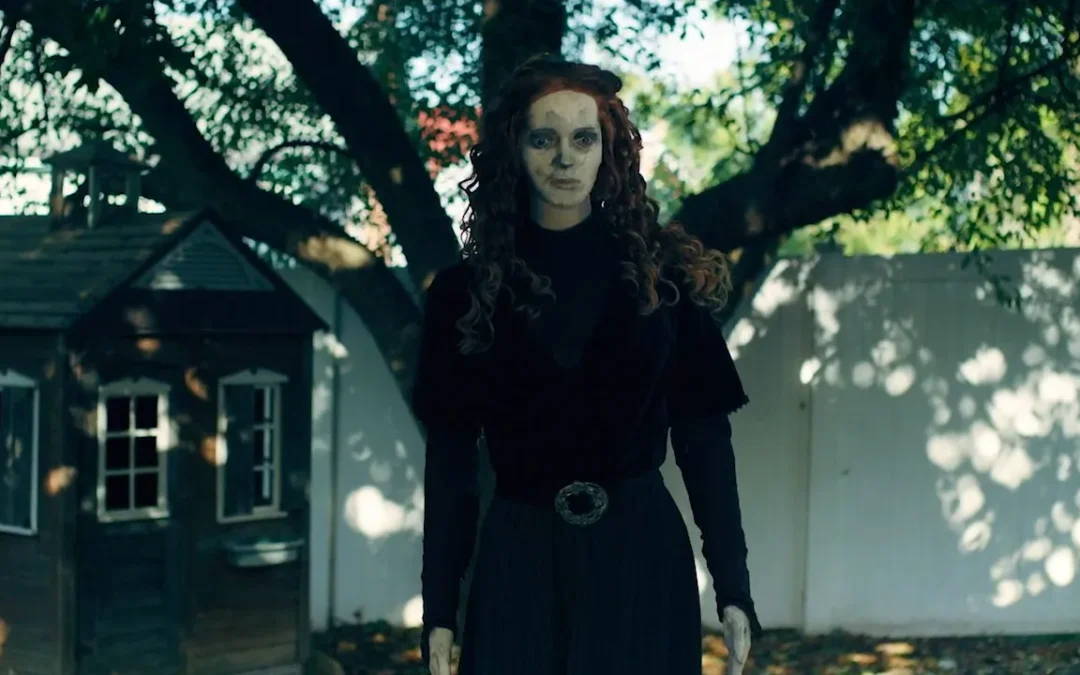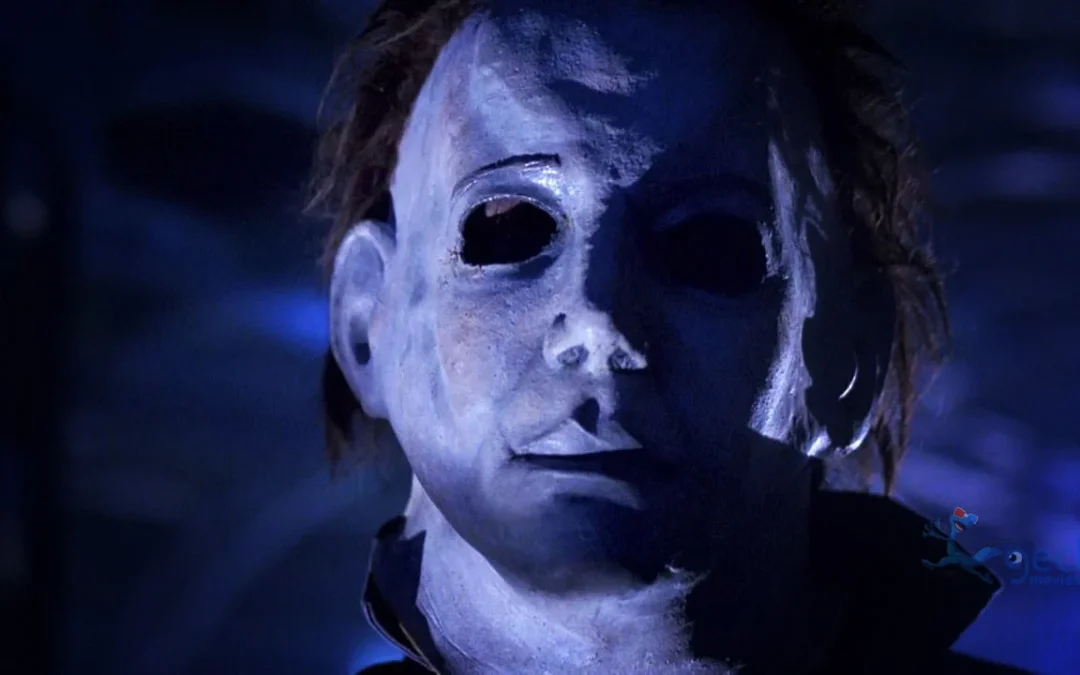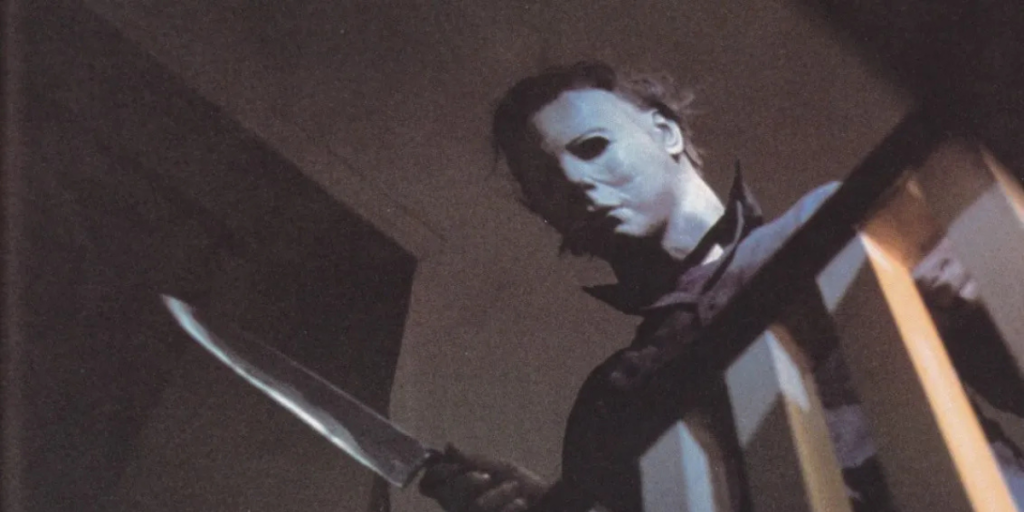Horror films have long been a genre filled with terrifying monsters, ghosts, and killers. Yet, one of the most iconic characters in horror history isn’t a supernatural creature, but rather a survivor – the final girl in horror. This character has undergone significant evolution since its early days in cinema, and its development reflects the changing attitudes toward gender, survival, and power in horror storytelling.
From Laurie Strode in Halloween (1978) to contemporary heroines, the final girl in horror has evolved in response to societal shifts, gender dynamics, and cinematic trends. In this post, we will explore the history, significance, and evolution of the final girl in horror films, looking at how this figure has transformed over the decades.
What is the Final Girl in Horror?
Before delving into the evolution of the final girl in horror, it’s essential to define who she is. The final girl is typically the last surviving character in a slasher or horror film, often portrayed as virtuous, intelligent, and resourceful. In many films, she is the only one who is able to confront the killer or monster and survive, while her peers, often depicted as less morally upright or more reckless, meet grisly ends.
This character archetype is most commonly found in slasher films, but the concept has evolved to include different genres and narratives, embodying strength, resilience, and agency in the face of terror.
The Birth of the Final Girl: Laurie Strode and the Slasher Revolution
The final girl in horror truly gained prominence with the release of Halloween in 1978. Directed by John Carpenter and starring Jamie Lee Curtis as Laurie Strode, this film is widely considered to be the birth of the modern final girl. Laurie was not only a sharp contrast to the promiscuous and reckless characters who usually met untimely deaths in slasher films, but she also broke away from the traditional horror trope of the helpless female victim.
Laurie Strode was smart, resourceful, and able to think on her feet – qualities that allowed her to survive Michael Myers’ killing spree. Laurie’s survival was not a mere accident. She actively confronted the killer, setting the tone for the future evolution of the final girl in horror. This shift in characterization would serve as the template for many final girls in the years to come.
The 1980s: The Strengthening of the Final Girl
The 1980s saw a boom in slasher films, and the final girl in horror continued to gain prominence. Characters like Nancy Thompson from A Nightmare on Elm Street (1984) and Sidney Prescott from Scream (1996) exemplified the archetype of the strong, resilient female who faced the horrors of their respective killers head-on.
In A Nightmare on Elm Street, Nancy Thompson (played by Heather Langenkamp) faced off against Freddy Krueger, a supernatural villain who terrorized her in her dreams. Despite being a typical teenager with her own flaws and fears, Nancy was able to outsmart Freddy and survive, cementing her place as a key figure in the evolution of the final girl in horror.
Meanwhile, in Scream (1996), Sidney Prescott (played by Neve Campbell) embodied a more self-aware, postmodern final girl. Scream was a genre-defining film that both deconstructed and celebrated horror tropes, and Sidney’s character served as an evolution of the final girl, with her wit, strength, and ability to overcome both emotional trauma and physical danger. In Scream, the final girl was not just the survivor, but also the smart, self-aware individual who was able to outwit the killer – another important step in the evolution of the final girl in horror.
The 2000s: The Final Girl Gets a Makeover
The early 2000s saw a shift in how horror films depicted female protagonists. The final girl in horror, once depicted as an innocent and virtuous character, began to take on more complex and sometimes flawed characteristics. This period marked a departure from the traditional portrayal of the final girl as a purely passive victim.
In films like The Descent (2005), the final girl became more physically active, not only surviving the threat but also fighting back. In this film, Sarah (played by Shauna Macdonald) is thrust into a brutal survival situation when a group of friends becomes trapped in a cave, stalked by creatures. Sarah’s journey is far more harrowing and psychologically complex than previous final girls. She is both physically and emotionally scarred, having lost her family in a traumatic accident. As the only survivor, Sarah emerges not just as a survivor of physical horror, but as someone who triumphs over her own internal demons.
Additionally, the Final Destination series (beginning in 2000) introduced a new kind of final girl who wasn’t necessarily fighting a slasher or monster but rather battling fate itself. These final girls were often depicted as intelligent but not necessarily physically combative. Instead, they used their wits to survive a series of increasingly bizarre and fatal accidents.
The 2010s and Beyond: Empowerment and Subversion
By the 2010s, the final girl in horror had become an empowered figure whose survival often came with a sense of self-realization and defiance. Films like The Cabin in the Woods (2012) and You’re Next (2011) turned the trope on its head by subverting expectations and presenting final girls who were not only strong survivors but also active participants in their own fate.
In The Cabin in the Woods, Dana (played by Kristen Connolly) was initially portrayed as a typical “final girl” – innocent and virtuous – but as the plot unfolds, Dana reveals her true strength. She is part of a manipulated experiment designed to put her in a life-or-death situation, and she eventually takes control, turning the tables on the forces manipulating her. Dana’s transformation from a passive victim to an empowered survivor is a commentary on how the final girl in horror can be more than just a survivor – she can be a subversive force.
In You’re Next, Erin (played by Sharni Vinson) is not your typical final girl. A survivor of a brutal home invasion, Erin’s true strength lies in her ability to outsmart and overpower her attackers. Rather than just running and hiding, Erin takes the initiative to fight back, turning the tables on her would-be killers. This film marks a key moment in the evolution of the final girl in horror, as Erin is not just a passive survivor but an active participant in her own survival.
Final Girl in Horror: A Symbol of Empowerment
Throughout its evolution, the final girl in horror has represented more than just a trope. She symbolizes empowerment, resilience, and survival against seemingly insurmountable odds. Whether it’s Laurie Strode’s triumph over Michael Myers or Erin’s violent retribution against home invaders, the final girl in horror has come to represent the strength of women facing trauma, fear, and violence.
The evolution of the final girl in horror reflects a broader cultural shift toward recognizing female strength in the face of adversity. What began as a narrative device to differentiate the survivor from the rest of the cast has transformed into a powerful symbol of survival, resistance, and agency.
The Final Girl in Horror Today
Today, the final girl in horror is more diverse, empowered, and complex than ever before. From Laurie Strode to contemporary heroines like those in The Witch (2015) and Hereditary (2018), the final girl continues to evolve with the genre. The future of the final girl in horror holds limitless possibilities, with new voices and perspectives shaping how we view female strength and survival in the face of terror.
In conclusion, the final girl in horror has not only survived the genre’s many challenges but has also become a powerful symbol of female resilience. As horror continues to evolve, so too will the final girl, representing strength, empowerment, and the unyielding will to survive against all odds.
If you’re looking for some of the most underrated horror movies, check out what we think are some of the 5 most underrated horror movies.



